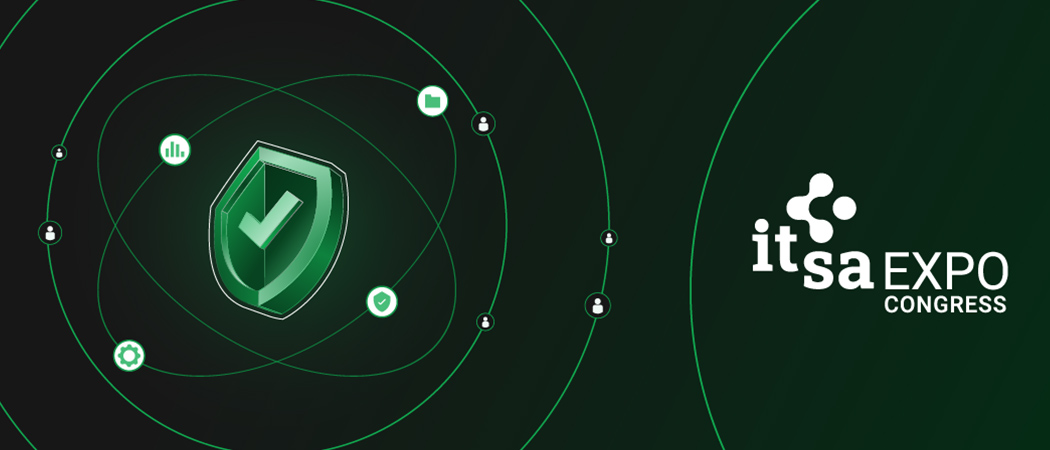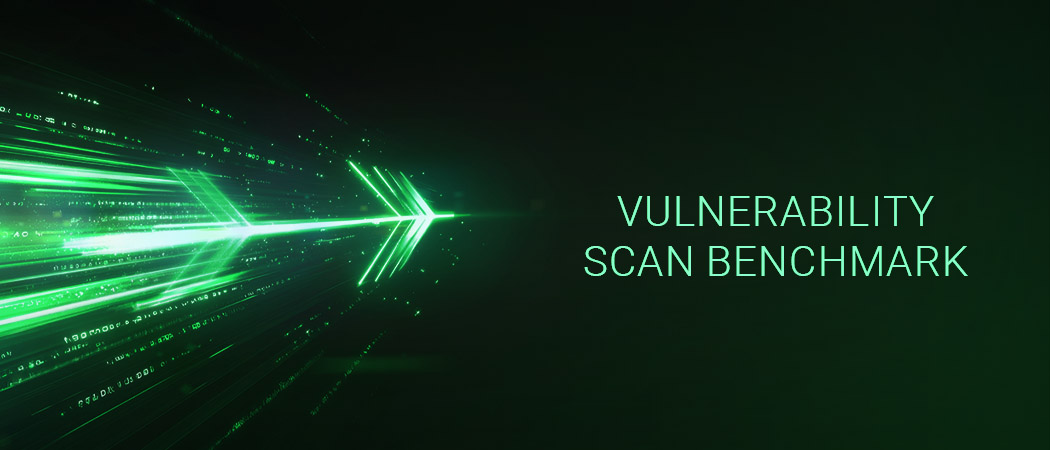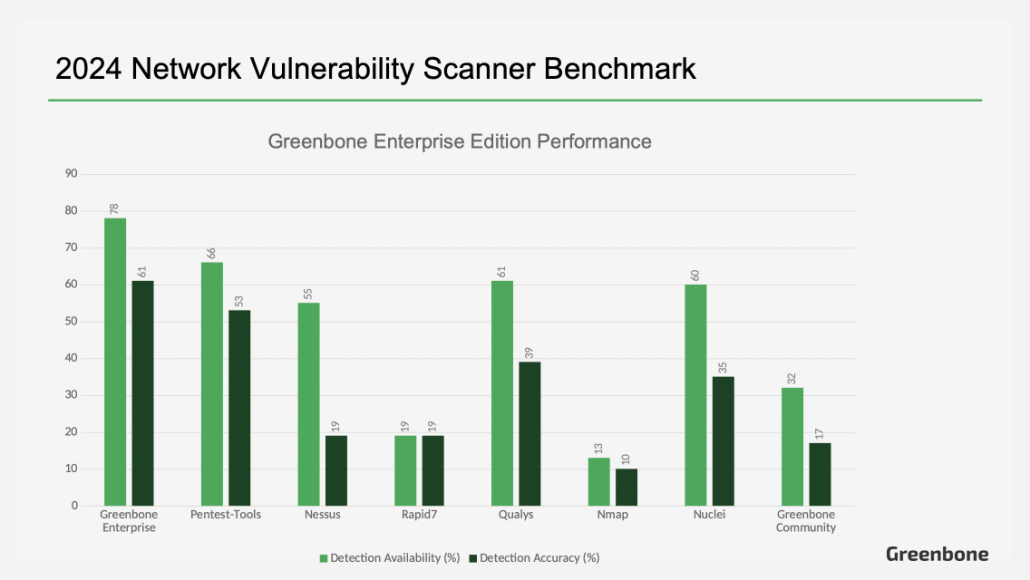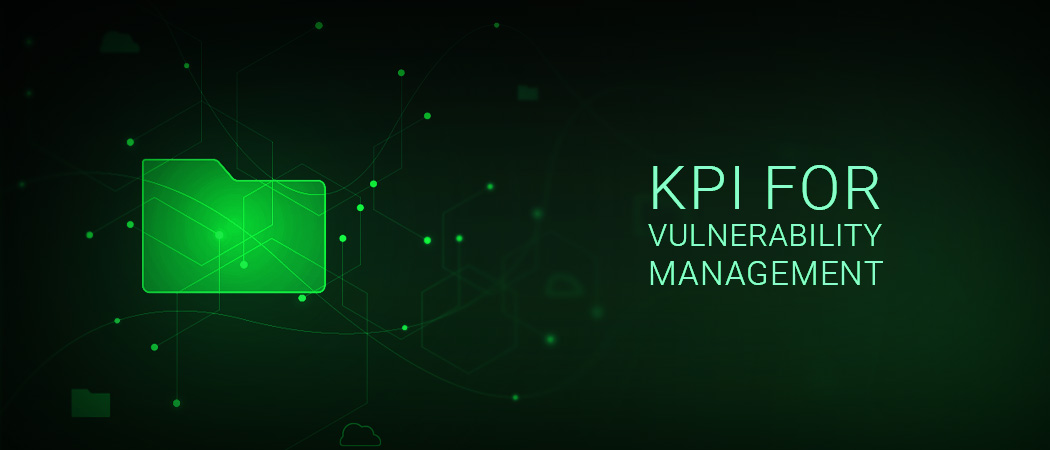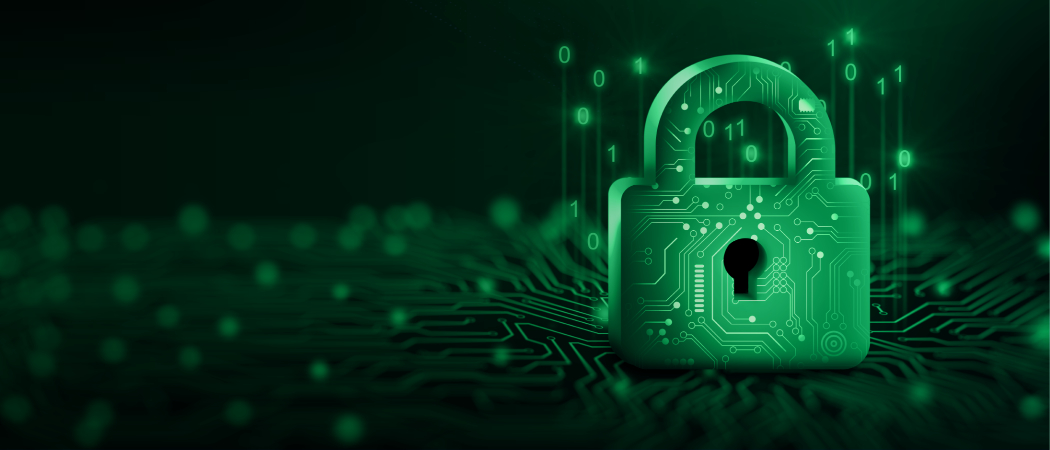The cybersecurity risk environment has been red hot through the first half of 2024. Critical vulnerabilities in even the most critical technologies are perpetually open to cyber attacks, and defenders face the continuous struggle to identify and remediate these relentlessly emerging security gaps. Large organizations are being targeted by sophisticated “big game hunting” campaigns by ransomware gangs seeking to hit the ransomware jackpot. The largest ransomware payout ever was reported in August – 75 million Dollar to the Dark Angels gang. Small and medium sized enterprises are targeted on a daily basis by automated “mass exploitation” attacks, also often seeking to deliver ransomware [1][2][3].
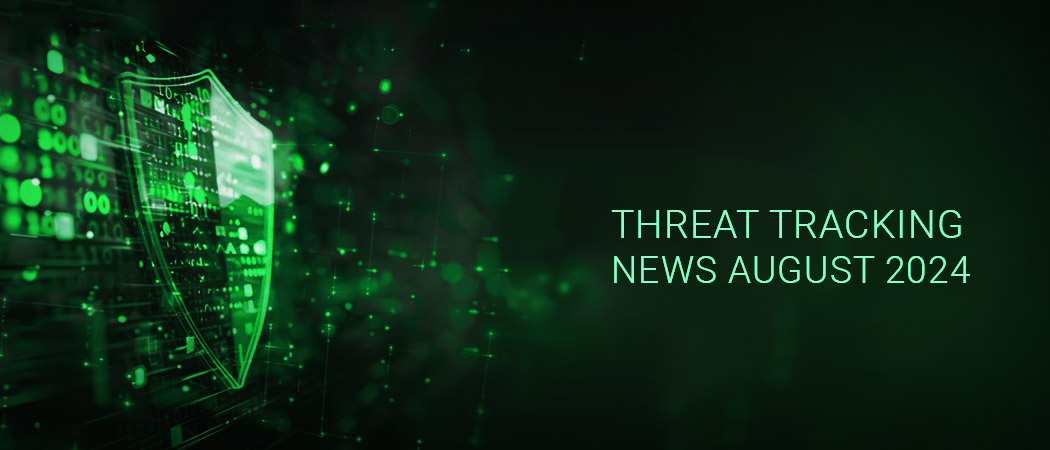
A quick look at CISA’s Top Routinely Exploited Vulnerabilities shows us that even though cyber criminals can turn new CVE (Common Vulnerabilities and Exposures) information into exploit code in a matter of days or even hours, older vulnerabilities from years past are still on their radar.
In this month’s Threat Tracking blog post, we will point out some of the top cybersecurity risks to enterprise cybersecurity, highlighting vulnerabilities recently reported as actively exploited and other critical vulnerabilities in enterprise IT products.
The BSI Improves LibreOffice’s Mitigation of Human Error
OpenSource Security on behalf of the German Federal Office for Information Security (BSI) recently identified a secure-by-design flaw in LibreOffice. Tracked as CVE-2024-6472 (CVSS 7.8 High), it was found that users could enable unsigned macros embedded in LibreOffice documents, overriding the “high security mode” setting. While exploitation requires human interaction, the weakness addresses a false sense of security, that unsigned macros could not be executed when “high security mode” enabled.
KeyTrap: DoS Attack Against DNSSEC
In February 2024, academics at the German National Research Center for Applied Cybersecurity (ATHENE) in Darmstadt disclosed “the worst attack on DNS ever discovered”. According to German researchers, a single packet can cause a “Denial of Service” (DoS) by exhausting a DNSSEC-validating DNS resolver. Dubbed “KeyTrap”, attackers can exploit the weakness to prevent clients using a compromised DNS server from accessing the internet or local network resources. The culprit is a design flaw in the current DNSSEC specification [RFC-9364] that dates back more than 20 years [RFC-3833].
Published in February 2024 and tracked as CVE-2023-50387 (CVSS 7.5 High), exploitation of the vulnerability is considered trivial and proof-of-concept code is available on GitHub. The availability of exploit code means that low skilled criminals can easily launch attacks. Greenbone can identify systems with vulnerable DNS applications impacted by CVE-2023-50387 with local security checks (LSC) for all operating systems.
CVE-2024-23897 in Jenkins Used to Breach Indian Bank
CVE-2024-23897 (CVSS 9.8 Critical) in Jenkins (versions 2.441 and LTS 2.426.2 and earlier) is being actively exploited and used in ransomware campaigns including one against the National Payments Corporation of India (NPCI). Jenkins is an open-source automation server used primarily for continuous integration (CI) and continuous delivery (CD) in software development operations (DevOps).
The Command Line Interface (CLI) in affected versions of Jenkins contains a path traversal vulnerability [CWE-35] caused by a feature that replaces the @-character followed by a file path with the file’s actual contents. This allows attackers to read the contents of sensitive files including those that provide unauthorized access and subsequent code execution. CVE-2024-23897 and its use in ransomware attacks follows a joint CISA and FBI alert for software vendors to address path traversal vulnerabilities [CWE-35] in their products. Greenbone includes an active check [1] and two version detection tests [2][3] for identifying vulnerable versions of Jenkins on Windows and Linux.
2 New Actively Exploited CVEs in String of Apache OFBiz Flaws
Apache OFBiz (Open For Business) is a popular open-source enterprise resource planning (ERP) and e-commerce software suite developed by the Apache Software Foundation. In August 2024, CISA alerted the cybersecurity community to active exploitation of Apache OFBiz via CVE-2024-38856 (CVSS 9.8 Critical) affecting versions before 18.12.13. CVE-2024-38856 is a path traversal vulnerability [CWE-35] that affects OFBiz’s “override view” functionality allowing unauthenticated attackers Remote Code Execution (RCE) on the affected system.
CVE-2024-38856 is a bypass of a previously patched vulnerability, CVE-2024-36104, just published in June 2024, indicating that the initial fix did not fully remediate the problem. This also builds upon another 2024 vulnerability in OFBiz, CVE-2024-32113 (CVSS 9.8 Critical), which was also being actively exploited to distribute Mirai botnet. Finally, in early September 2024, two new critical severity CVEs, CVE-2024-45507 and CVE-2024-45195 (CVSS 9.8 Critical) were added to the list of threats impacting current versions of OFBiz.
Due to the notice of active exploitation and Proof-of-Concept (PoC) exploits being readily available for CVE-2024-38856 [1][2] and CVE-2024-32113 [1][2] affected users need to patch urgently. Greenbone can detect all aforementioned CVEs in Apache OFBiz with both active and version checks.
CVE-2022-0185 in the Linux Kernel Actively Exploited
CVE-2022-0185 (CVSS 8.4 High), an heap-based buffer overflow vulnerability in the Linux kernel, was added to CISA KEV in August 2024. Publicly available PoC-exploit-code and detailed technical descriptions of the vulnerability have contributed to the increase in cyber attacks exploiting CVE-2022-0185.
In CVE-2022-0185 in Linux’s “legacy_parse_param()” function within the Filesystem Context functionality the length of supplied parameters is not being properly verified. This flaw allows an unprivileged local user to escalate their privileges to the root user.
Greenbone could detect CVE-2022-0185 since it was disclosed in early 2022 via vulnerability test modules covering a wide set of Linux distributions including Red Hat, Ubuntu, SuSE, Amazon Linux, Rocky Linux, Fedora, Oracle Linux and Enterprise products such as IBM Spectrum Protect Plus.
New VoIP and PBX Vulnerabilities
A handful of CVEs were published in August 2024 impacting enterprise voice communication systems. The vulnerabilities were disclosed in Cisco’s small business VOIP systems and Asterisk, a popular open-source PBX branch system. Let’s dig into the specifics:
Cisco Small Business IP Phones Offer RCE and DoS
Three high severity vulnerabilities were disclosed that impact the web-management console of Cisco Small Business SPA300 Series and SPA500 Series IP Phones. While underscoring the importance of not exposing management consoles to the internet, these vulnerabilities also represent a vector for an insider or dormant attacker who has already gained access to an organization’s network to pivot their attacks to higher value assets and disrupt business operations.
Greenbone includes detection for all newly disclosed CVEs in Cisco Small Business IP Phone. Here is a brief technical description of each:
- CVE-2024-20454 and CVE-2024-20450 (CVSS 9.8 Critical): An unauthenticated, remote attacker could execute arbitrary commands on the underlying operating system with root privileges because incoming HTTP packets are not properly checked for size, which could result in a buffer overflow.
- CVE-2024-20451 (CVSS 7.5 High): An unauthenticated, remote attacker could cause an affected device to reload unexpectedly causing a Denial of Service because HTTP packets are not properly checked for size.
CVE-2024-42365 in Asterisk PBX Telephony Toolkit
Asterisk is an open-source private branch exchange (PBX) and telephony toolkit. PBX is a system used to manage internal and external call routing and can use traditional phone lines (analog or digital) or VoIP (IP PBX). CVE-2024-42365, published in August 2024, impacts versions of asterisk before 18.24.2, 20.9.2 and 21.4.2 and certified-asterisk versions 18.9-cert11 and 20.7-cert2. An exploit module has also been published for the Metasploit attack framework adding to the risk, however, active exploitation in the wild has not yet been observed.
Greenbone can detect CVE-2024-42365 via network scans. Here is a brief technical description of the vulnerability:
- CVE-2024-42365 (CVSS 8.8 High): An AMI user with “write=originate” may change all configuration files in the “/etc/asterisk/” directory. This occurs because they are able to curl remote files and write them to disk but are also able to append to existing files using the FILE function inside the SET application. This issue may result in privilege escalation, Remote Code Execution or blind server-side request forgery with arbitrary protocols.
Browsers: Perpetual Cybersecurity Threats
CVE-2024-7971 and CVE-2024-7965, two new CVSS 8.8 High severity vulnerabilities in the Chrome browser, are being actively exploited for RCE. Either CVE can be triggered when victims are tricked into simply visiting a malicious web page. Google acknowledges that exploit code is publicly available, giving even low skilled cyber criminals the ability to launch attacks. Google Chrome has seen a steady stream of new vulnerabilities and active exploitation in recent years. A quick inspection of Mozilla Firefox shows a similar continuous stream of critical and high severity CVEs; seven Critical and six High severity vulnerabilities were disclosed in Firefox during August 2024, although active exploitation of these has not been reported.
The continuous onslaught of vulnerabilities in major browsers underscores the need for diligence to ensure that updates are applied as soon as they become available. Due to Chrome’s high market share of over 65% (over 70% considering Chromium-based Microsoft Edge) its vulnerabilities receive increased attention from cyber criminals. Considering the high number of severe vulnerabilities impacting Chromium’s V8 engine (more than 40 so far in 2024), Google Workspace admins might consider disabling V8 for all users in their organization to increase security. Other options for hardening browser security in high-risk scenarios include using remote browser isolation, network segmentation and booting from secure baseline images to ensure endpoints are not compromised.
Greenbone includes active authenticated vulnerability tests to identify vulnerable versions of browsers for Linux, Windows and macOS.
Summary
New critical and remotely exploitable vulnerabilities are being disclosed at record shattering rates amidst a red hot cyber risk environment. Asking IT security teams to manually track newly exposed vulnerabilities in addition to applying patches imposes an impossible burden and risks leaving critical vulnerabilities undetected and exposed. Vulnerability management is considered a fundamental cybersecurity activity; defenders of large, medium and small organizations need to employ tools such as Greenbone to automatically seek and report vulnerabilities across an organization’s IT infrastructure.
Conducting automated network vulnerability scans and authenticated scans of each system’s host attack surface can dramatically reduce the workload on defenders, automatically providing them with a list of remediation tasks that is sortable according to threat severity.
